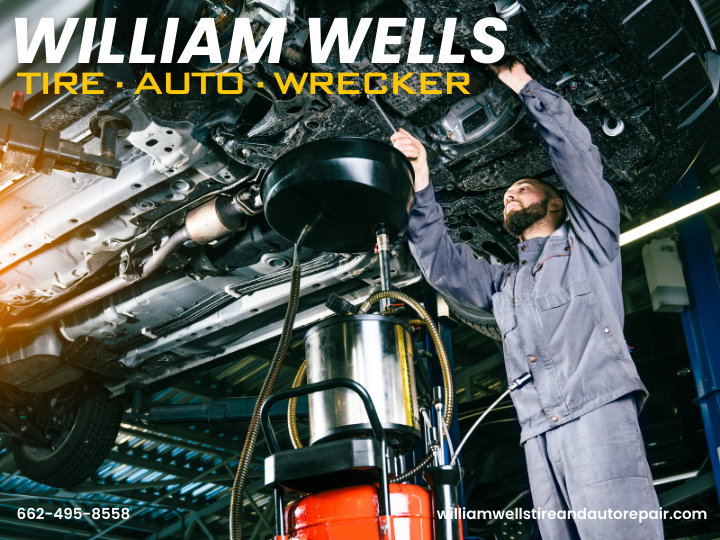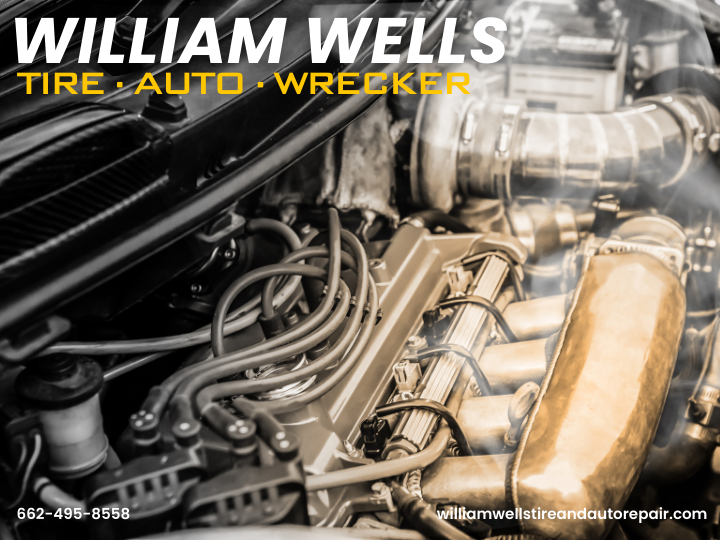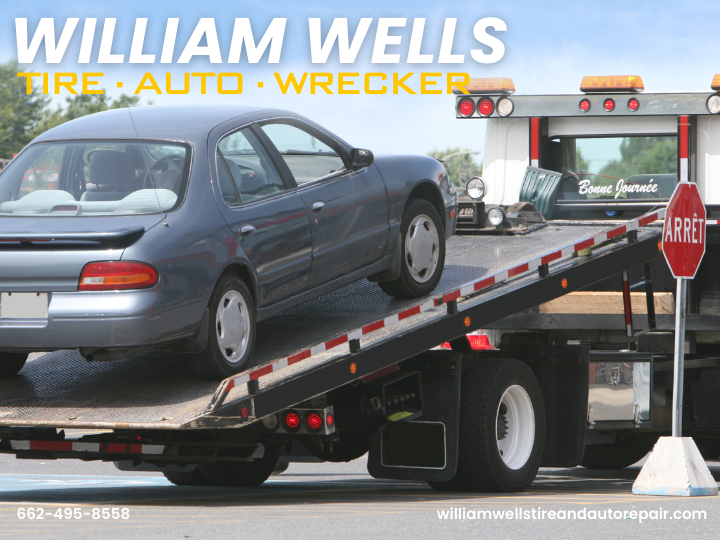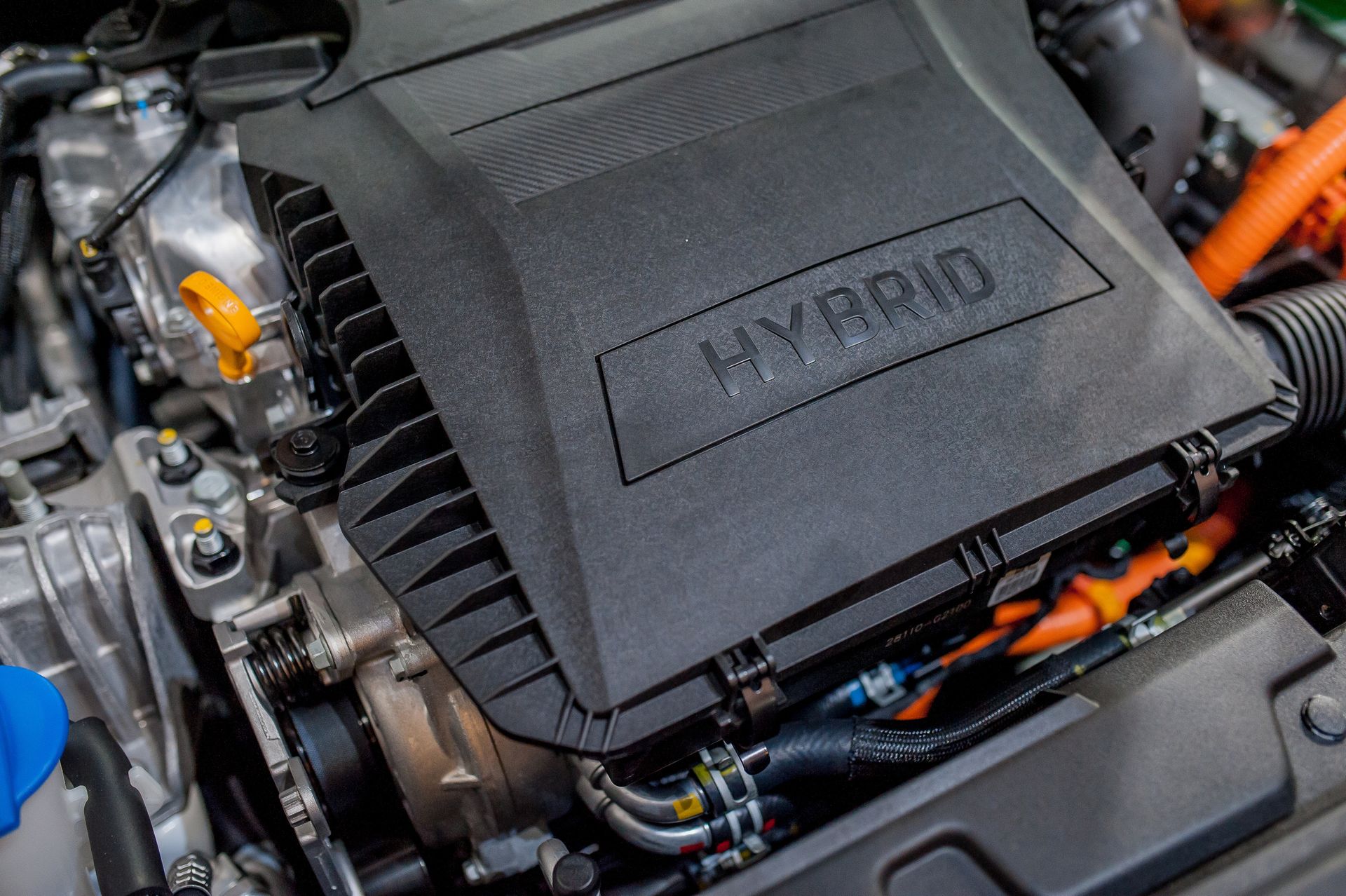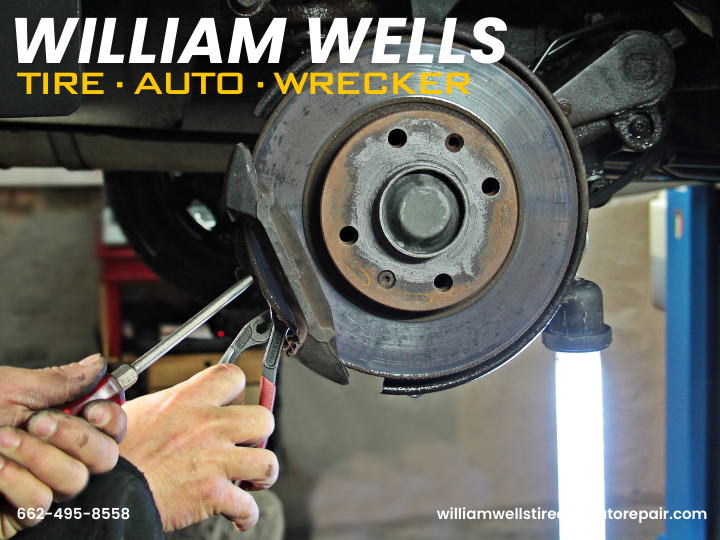Why is My Car Overheating if I Have Coolant?
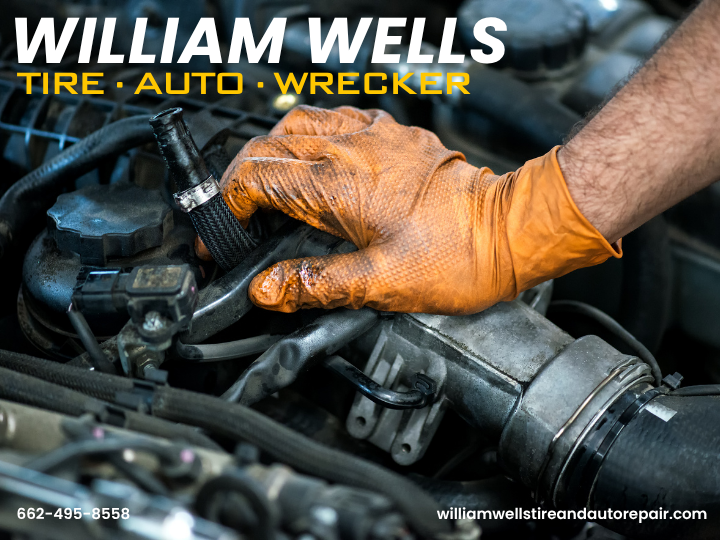
Why Is My Car Overheating If I Have Coolant?
What It Really Means When the Tank Is Full but the Engine Is Hot
Your temperature gauge is creeping higher. You smell something hot. You might even see steam. You check the coolant—it’s full. So why is your car overheating?
At William Wells Tire & Auto, this is one of the most common—and most misunderstood—issues we see. Drivers think that if the coolant tank is full, the engine should be fine. But here’s the truth:
Overheating is rarely about how much coolant you have. It’s about whether your cooling system is doing its job.
Let’s walk through what’s really going on—and how we diagnose and fix overheating issues before they turn into expensive engine repairs.
1. Coolant Isn’t Circulating
Your cooling system doesn’t just hold fluid—it moves it. If coolant isn’t circulating through the engine and radiator, heat stays trapped and the temperature climbs.
Common causes:
- Stuck thermostat – Coolant can’t leave the engine
- Water pump failure – No flow, no cooling
- Clogged radiator or heater core – Blocked passages slow or stop circulation
- Collapsed hoses – Internal breakdown blocks flow without external signs
Our certified technicians use pressure and flow testing to identify where circulation is breaking down—so we can solve the root problem, not just mask it.
2. Cooling Fans Aren’t Working
When you’re in traffic or parked with the engine running, cooling fans keep air flowing through the radiator. If they don’t turn on, your car overheats—even if the coolant level is perfect.
Possible reasons:
- Fan motor failure
- Blown fuse or relay
- Faulty engine temperature sensor
- Damaged wiring or connection points
We simulate heat conditions to test fan function under real-world circumstances—not just whether the fan spins, but whether it spins when it’s supposed to.
3. Air Pockets in the System
If air is trapped in the system, it creates hot spots by blocking coolant from reaching the engine. You may have plenty of coolant in the tank—but it’s not reaching the right places.
How air gets in:
- After a recent coolant flush
- Small leaks that let air enter as coolant escapes
- A damaged head gasket pushing exhaust into the coolant system
We use vacuum refill and pressure tests to fully eliminate air pockets and confirm your system is airtight and functioning properly.
4. Radiator Cap Failure
A worn or weak radiator cap may not seem like a big deal, but it plays a critical role in maintaining the pressure your cooling system needs to function. Without proper pressure, coolant can boil too early, vapor forms, and circulation breaks down.
Warning signs include:
- Bubbling in the coolant reservoir
- Collapsed radiator hoses
- Coolant boiling over
- Inconsistent temperature readings
We pressure-test the radiator cap and inspect for early boiling conditions—ensuring this small part isn’t causing big problems.
5. Internal Engine Issues – Head Gasket Failure
When a head gasket fails, it allows combustion gases into the coolant or coolant into the engine. This disrupts circulation and heat regulation, leading to overheating that isn’t explained by what you can see externally.
Common indicators:
- White smoke from the tailpipe
- Bubbling in the overflow tank
- Coolant mysteriously disappearing
- Milky oil or discolored coolant
- Engine running rough, especially when cold
We use chemical leak tests, block testers, and pressure diagnostics to catch these problems early—before they damage your engine permanently.
Why “Coolant Is Full” Isn’t the Right Question
Most drivers look at the coolant tank and assume everything is fine. But your engine depends on a fully functional system, including:
- Circulation through all passages
- Air-free, sealed operation
- Proper system pressure
- Active fan cooling
- Internal engine seal integrity
Miss even one of those, and you’ll overheat—even if the reservoir is full.
What You’ll Get at William Wells Tire & Auto
We provide expert-level diagnostics and cooling system service at all three of our locations. Whether you’re in Starkville, Columbus, or West Point, we follow a proven process:
- Full-system pressure testing
- Radiator cap and thermostat checks
- Flow and temperature mapping
- Fan activation testing under real-time conditions
- Air bleed and vacuum refill
- Head gasket leak detection and chemical testing
No guesswork. No band-aid fixes. Just clear answers and lasting solutions.
Don’t Let Overheating Destroy Your Engine
Overheating is one of the fastest ways to cause permanent engine failure. If your car is running hot—even with coolant in the tank—bring it to William Wells Tire & Auto right away.
We’ll pinpoint the cause, walk you through your options, and get your vehicle back to safe, reliable performance.
Schedule Cooling System Service at Any Location
Starkville, MS
12919 MS-182
(662) 268-4081
Columbus, MS
1625 Gardner Blvd
(662) 240-2414
West Point, MS
93 W Broad St
(662) 495-8558
www.williamwellstireandautorepair.com
For more information please watch the video

